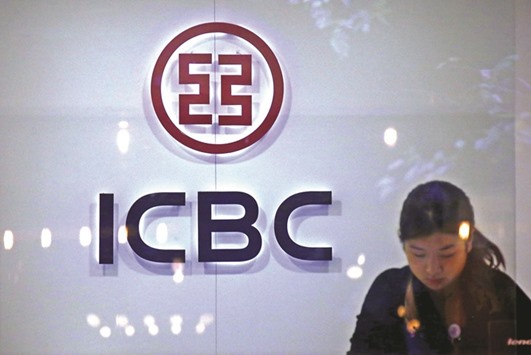China’s banks are muscling into Australia by financing fast-growing Chinese property and corporate investments Down Under, invoking a warning from the Australian regulator that rapid expansion by foreign lenders is a potential systemic threat.
Total loans by Chinese banks that operate in Australia grew by more than 36% in the year to end-February compared with a 9% growth in loans overall, according to the latest Australian government data.
And more Chinese lenders are looking to set up shop in the $1.2tn Australian economy that is dominated by four major domestic banks. China Merchants Bank is finalising plans to open its first branch in the country this year, sources told Reuters.
But the speedy growth of foreign banks, spearheaded by Chinese lenders, is worrying Reserve Bank of Australia (RBA) governor Glenn Stevens. In March he cited the risk of overheated markets and consequent loan losses to the domestic banking system from foreign lenders’ unbridled growth, and also criticised them for being fair-weather friends in the past.
Foreign lenders’ expansion and the associated risks could be a significant theme in the central bank’s half-yearly report on financial stability due later this month, analysts said. Some said RBA may even eventually introduce regulation if the trend of foreign lenders’ strong growth continues.
“I don’t think regulators would go as far as macroprudential regulatory adjustments...in the short term. If current growth rates continue it’s always possible,” said Martin Smith, head of markets analysis at business banking research firm East & Partners.
For Chinese lenders, Australia has emerged as a bright spot, especially as profit growth at home has fallen to a decade-low.
In the $75bn syndicated-loan market, which funds commercial property and corporate transactions, Chinese banks more than doubled their share in 2015 to 7.1% of this market, data from Thomson Reuters Loan Pricing Corp showed.
They are also bulking up in the residential property and consumer loans businesses.
Chinese investment in Australia is surging. China beat the US for the second straight year to become the top investor in Australia in 2014/15 by value of all approvals, mainly driven by property, according to latest government data. China’s industrial investment also feeds its hunger to secure global supply chains.
“Our primary client base is Chinese, we are following the movements of our China clients,” a Sydney-based loans banker at a top Chinese bank told Reuters of the push into Australia. The banker declined to be identified as he was not authorised to speak to the media.
Major Chinese banks lending in Australia include Bank of China, Industrial and Commercial Bank of China (ICBC) and China Construction Bank.
China Merchants Bank and the other lenders did not respond to requests for comment.
RBA’s Stevens fears that the rapid growth in lending, especially to property developers, would create oversupply in the market and a boom-bust cycle could eventually lead to large loan losses for all banks. That would spill over to an economy already grappling with a severe commodity downturn.
“One is duty bound to observe that there is a history of foreign players expanding aggressively in the upswing only to have to retreat quickly when more difficult times come,” Stevens said in a speech last month. He did not single out China, but its banks are the fastest growing among foreign lenders in Australia.
For the main domestic banks – Australia and New Zealand Banking Group, Commonwealth Bank of Australia, National Australia Bank and Westpac Banking Corp – the growth at the Asian lenders comes as another challenge as they seek to improve shareholder returns and profits amid slowing revenue growth and stricter regulatory capital rules.
Stevens did welcome the stiffer competition in lending, as the dominance of the big banks had risen after European and US lenders retreated following the global financial crisis. RBS, Barclays and the arm of General Electric are among lenders that have pulled back from Australia in recent years.

An employee at a branch of the Industrial and Commercial Bank of China works behind the counter in Sydney. Total loans by Chinese banks that operate in Australia grew by more than 36% in the year to end-February compared with a 9% growth in loans overall, according to the latest Australian government data.


